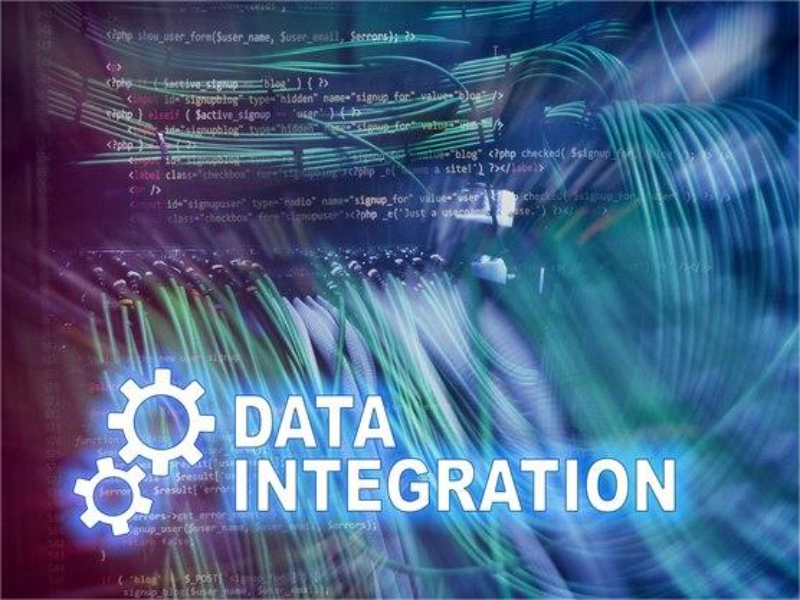- Data breaches can compromise data security and integrity.
- Poor data management practices can lead to inaccuracies and inconsistencies.
Maintaining data integrity throughout its lifecycle is crucial for ensuring that information remains accurate, reliable, and secure. Data integrity involves protecting data from unauthorised changes and ensuring its correctness and consistency from creation to deletion. However, several factors can jeopardise data integrity at different stages. Understanding these risks is essential for implementing effective measures to protect data and maintain its quality. Here’s a closer look at what can jeopardise data integrity:
Data breaches
Data breaches pose a significant threat to data integrity by compromising data security. When unauthorised individuals gain access to sensitive information, they can cause severe damage through data corruption, theft, or unauthorised alterations.
- Unauthorised access: Hackers or malicious insiders can manipulate data, leading to breaches of confidentiality and integrity. These individuals may exploit vulnerabilities in security systems to gain access to confidential data, potentially altering or corrupting it. This manipulation can lead to inaccurate records and compromise the reliability of the information.
- Data theft: Stolen data can be used for fraudulent activities or sold on the black market, undermining the trustworthiness of the data. Once data is stolen, it may be used for illegal purposes or spread to unauthorised parties, increasing the risk of misuse and further breaches.

Poor data management practices
Ineffective data management practices can introduce inaccuracies and inconsistencies throughout the data lifecycle. These practices can lead to significant issues with data quality and reliability.
- Data entry errors: Manual errors during data collection or entry can introduce inaccuracies into the system. Mistakes made during data entry can propagate throughout the system, leading to incorrect information that affects decision-making and operational processes.
- Lack of standardisation: Inconsistent data formats and practices can lead to discrepancies and difficulties in data integration. Without standardised procedures, integrating data from various sources becomes challenging, resulting in misaligned or conflicting information.
Also read: What are the ten types of system integration?
Data corruption
Data corruption can occur due to software bugs, hardware failures, or malicious activities, rendering data unreliable or unusable. This can severely impact data integrity and hinder business operations.
- Software issues: Bugs or glitches in software can cause data corruption or loss. Software errors may result in data being improperly saved or retrieved, leading to inconsistencies and inaccuracies.
- Hardware failures: Malfunctions in storage devices or servers can lead to data corruption. Hardware issues, such as disk failures or memory errors, can damage data files and make them unreadable or unusable.
Inadequate data security measures
Insufficient security measures expose data to various risks, including unauthorised access, loss, or corruption. Proper security protocols are essential for protecting data integrity.
- Insufficient encryption: Data that is not encrypted is vulnerable to tampering. Encryption is a critical security measure that helps protect data from unauthorised access and modification.
- Weak access controls: Lack of proper authentication and authorisation can lead to unauthorised data access. Weak access controls may allow individuals without proper credentials to view or alter sensitive data.
Also read: EHR interoperability: Seamless healthcare data sharing
In summary, data integrity can be jeopardised by factors such as data breaches, poor data management practices, data corruption, and inadequate security measures. Addressing these risks is crucial for protecting data and maintaining its accuracy and reliability throughout its lifecycle. By understanding and mitigating these threats, organisations can safeguard their data and support informed decision-making and operational effectiveness.

